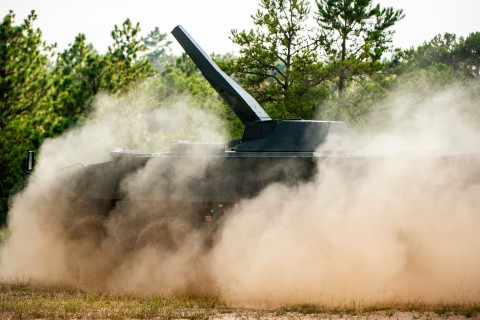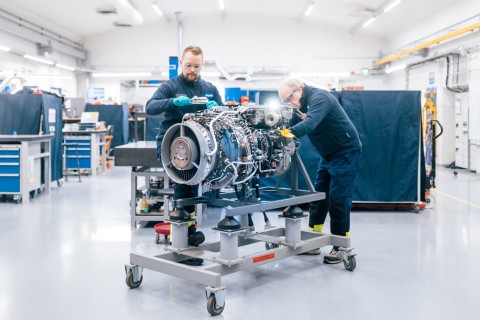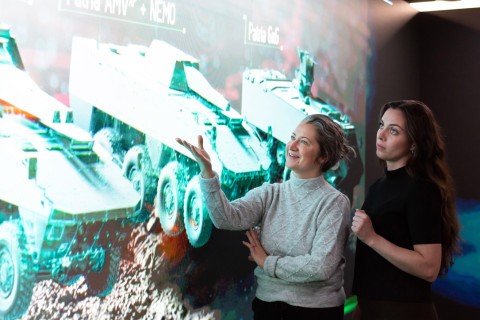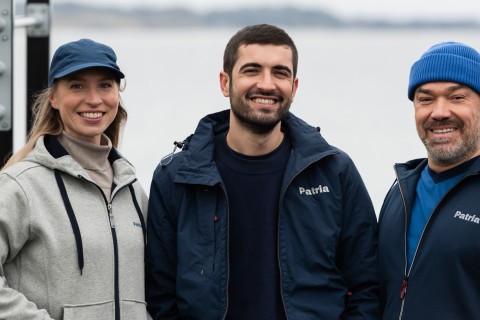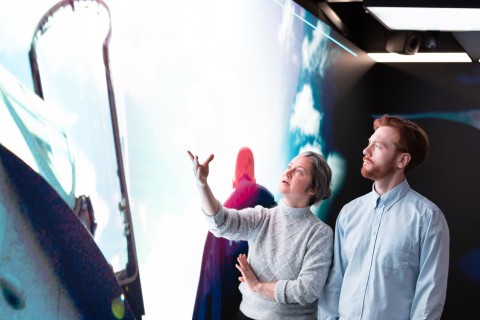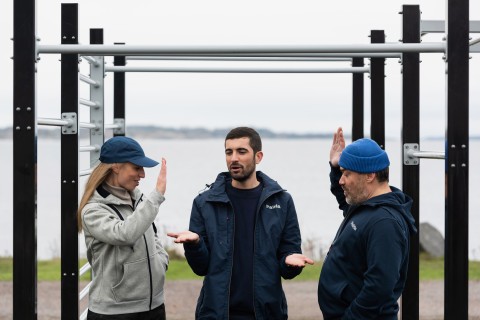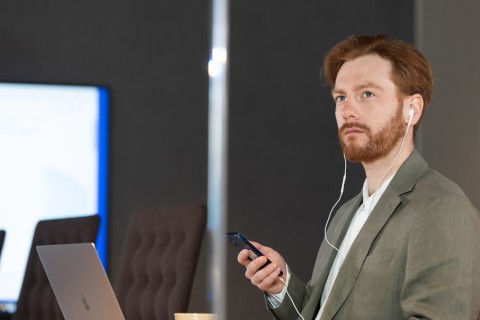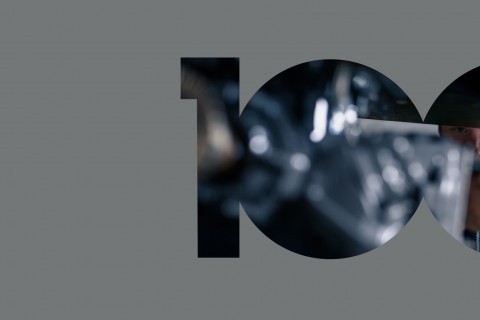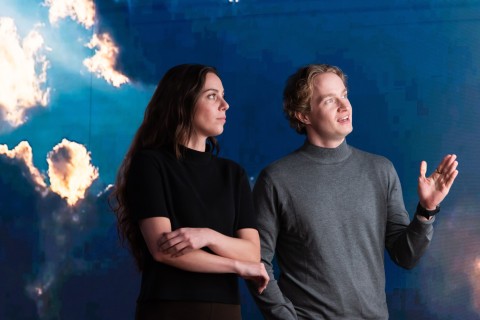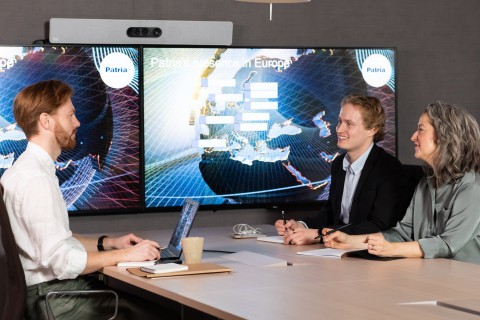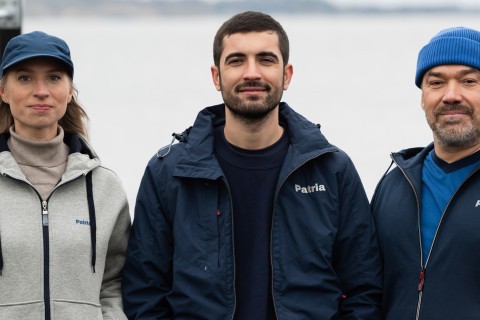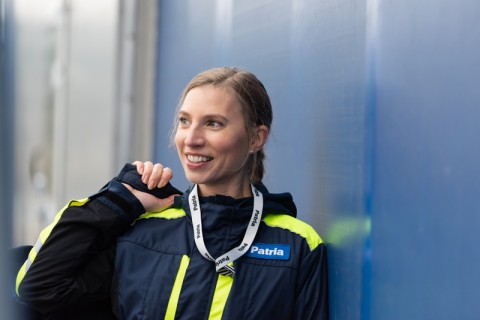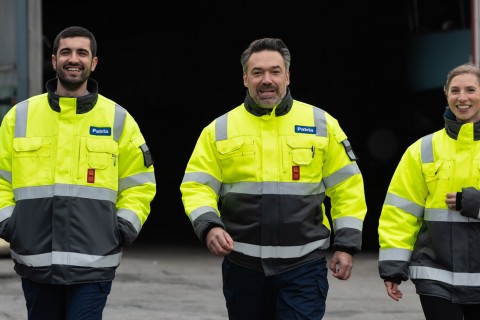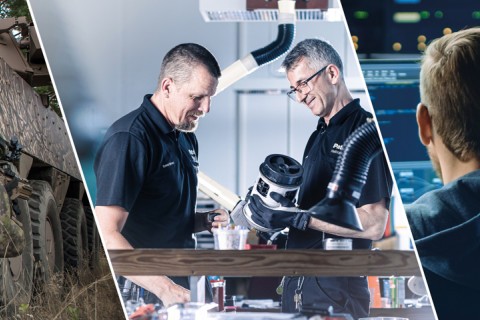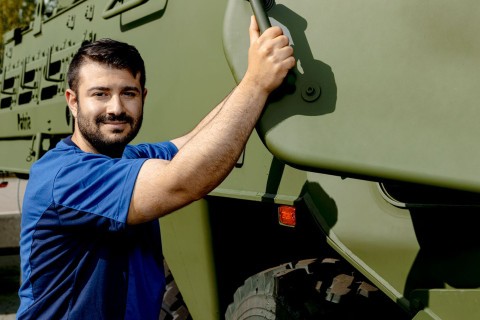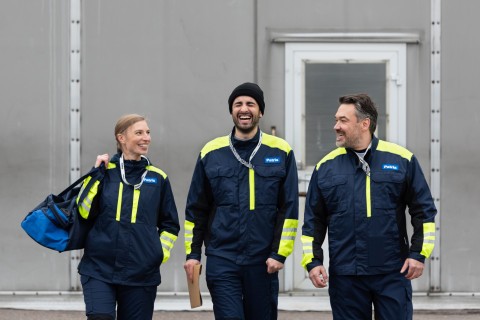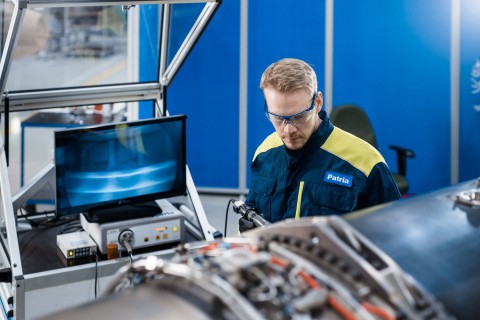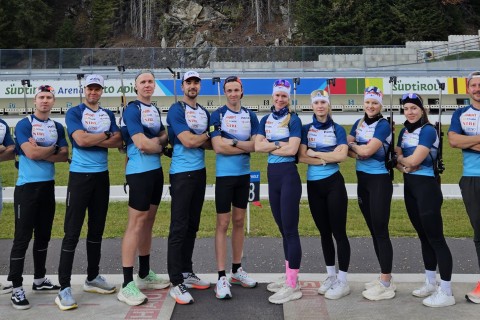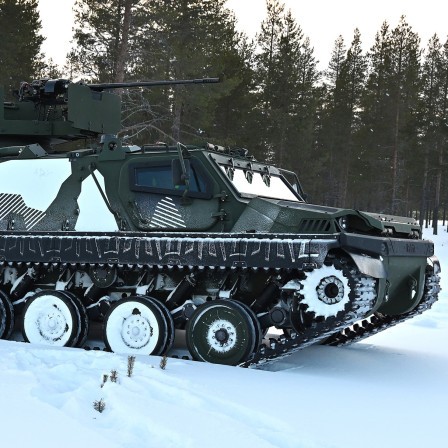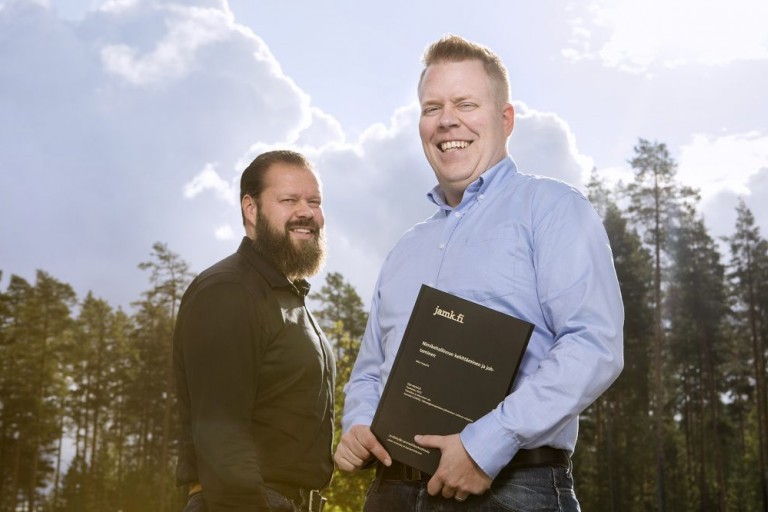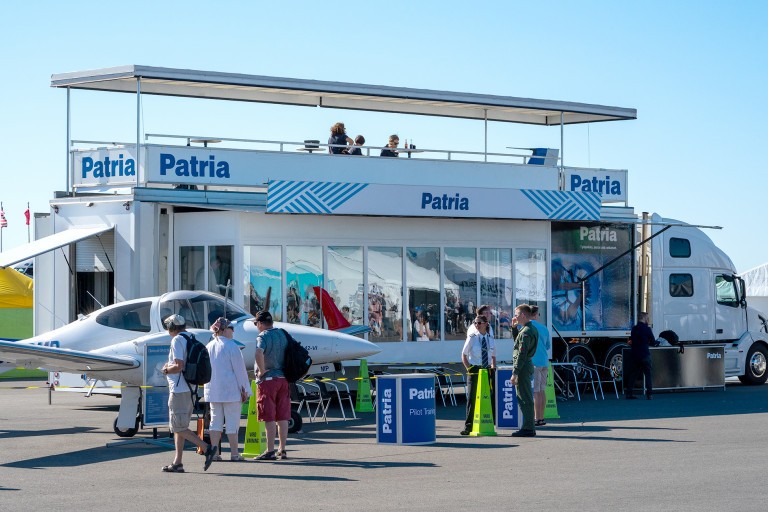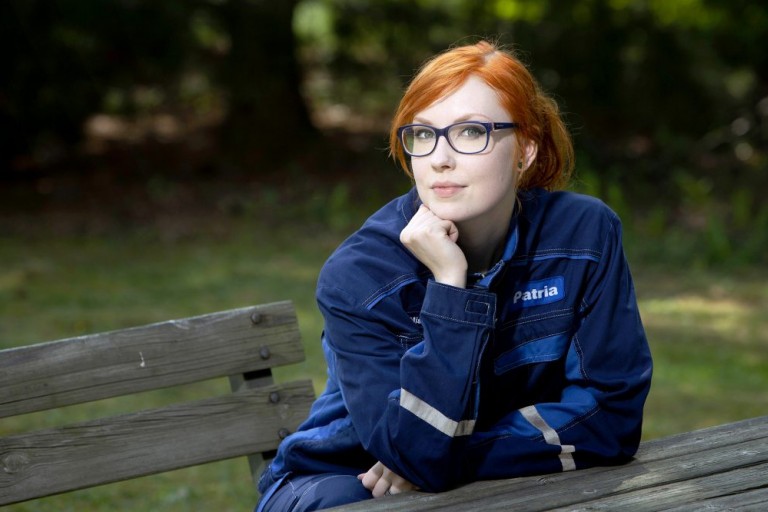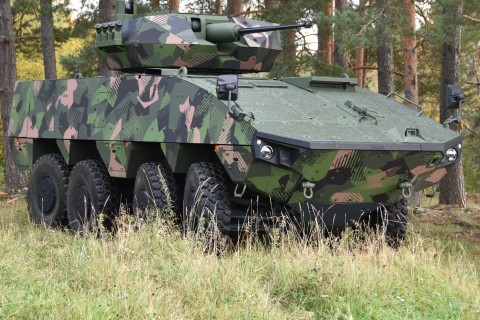
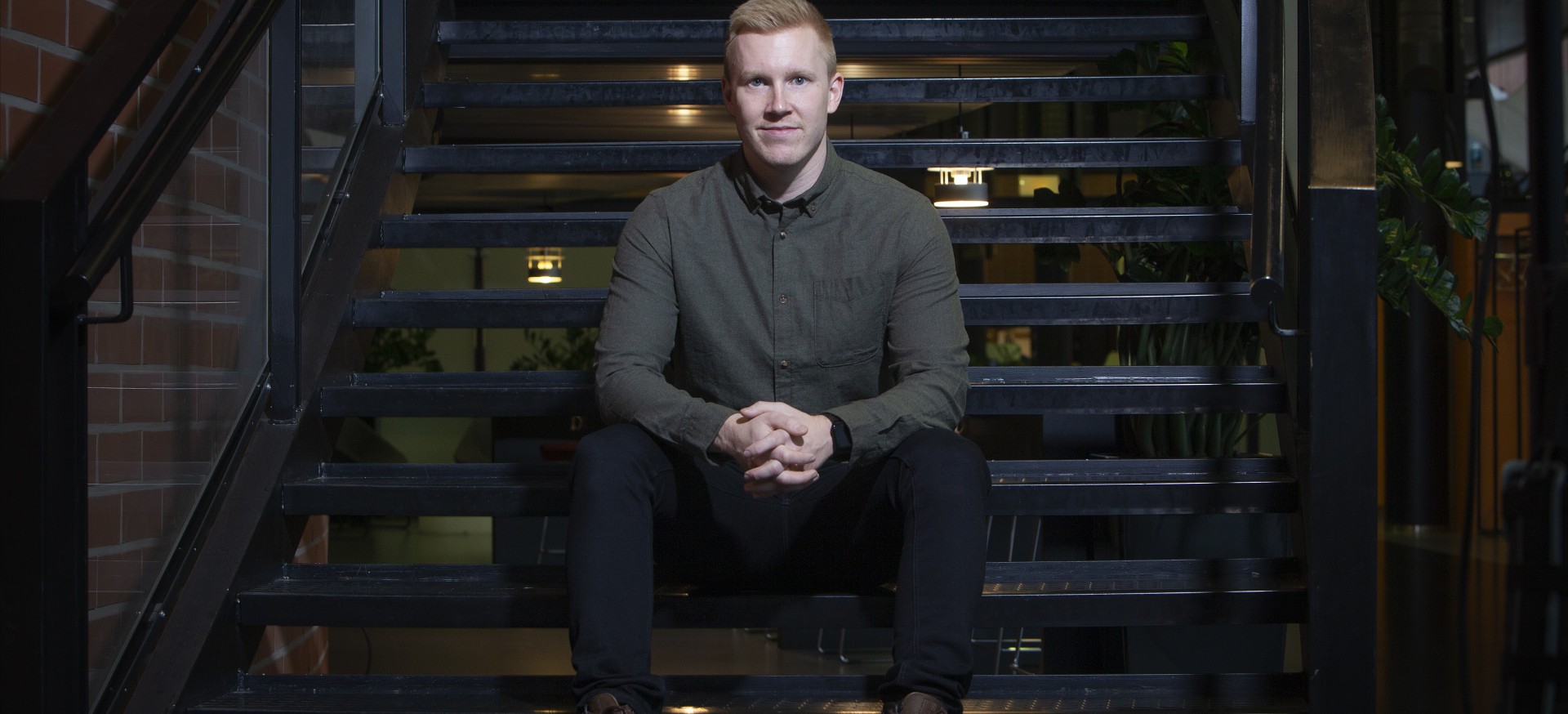
An aviation technology product developer thinks about 3D and AR
1.12.2020
Mika Vaskelainen, a project engineer in the R&D unit, appreciates the diversity of his work. Aircraft are his thing, and his projects may present him with everything from coordination to detail design, 3D printing technology and AR.
Aircraft provide employment for Mika Vaskelainen both at home and abroad.
“For example, I’m currently involved in a project to upgrade the avionics in Macedonian police helicopters. A smaller-scale avionics upgrade is also underway for Sweden’s police helicopters.”
In Finland, he is working on datalink modifications for two Air Force transport aircraft. Next up will be some helicopter conversions for the Finnish Border Guard.
“My field is mechanical design. In practice, however, my duties will vary depending on the project in question. I may be in charge of project coordination, concept design, or even detail design and doing individual drawings. I also keep in touch with our subcontractors.”
Lightweight and durable with 3D
Vaskelainen also takes part in Patria’s internal technology development projects. Issues relating to 3D printing technology in particular are currently topical.
“I’m involved in planning how Patria can 3D print metal aircraft components.”
He stresses that these would only be specific components that are not classified as critical for aircraft functionality. 3D printing technology is still quite new – and the aviation industry always takes a steady and considered approach.
Vaskelainen says that 3D printing technology offers interesting opportunities for aircraft in particular. It can be used to make very lightweight yet durable components. It can also create very complex forms, such as the honeycomb structures seen in nature.
Patria has already run one 3D printing demo, a few years ago. The Hornet engine component in question has functioned faultlessly.
“We’re now looking for new demo cases, and they should naturally be of a suitable size for the manufacturing technology.”
The R&D unit is also currently running a project related to AR (augmented reality).
“It’s exploring how aircraft technicians could benefit from AR glasses that would allow them to see two things at once: both the actual component and the installation instructions reflected on the lenses.”
The laws of physics are the same everywhere
In 2012, Vaskelainen graduated from Jyväskylä University of Applied Sciences with a degree in mechanical and production engineering and a special focus on machine design. He says that he first got excited about aviation technology during his national service, after attending a flight technical course for NCOs at the Air Force Technical School.
Vaskelainen joined Patria in 2013. He spent 2019 at Cargotec, working with automated harbour cranes, but returned to Patria (in Tampere) this year.
“I realised that aircraft are my thing. I appreciate being able to learn about so many things in addition to mechanical design: such as strength engineering, materials, surface treatment, electrical engineering and even aircraft operation.”
Vaskelainen reminds us that, like him, you can also apply for jobs in the industry without any special training in aviation technology. And he encourages others to do so.
“The laws of physics and the basics of engineering are the same everywhere. In the aviation industry, they’re just applied in a different environment.”
Being a pedant is a plus
Vaskelainen feels that his personality is also well suited to working on aircraft technology.
“I must be some kind of pedant. Which doesn’t hurt at all in this kind of work. When it comes to aircraft, everything has to work perfectly and you have to check everything numerous times.”
During his free time, he likes to do anything that provides a counterbalance to his neat indoor work: such as hiking, trail running and mountain biking.
And why does Vaskelainen enjoy his job at Patria?
“My work is meaningful. It feels good to know that my work helps to enhance and maintain Finland’s defence capabilities.”
What did you like about the article?
Thank you for your opinion! You can share the article on social media using the buttons below:
